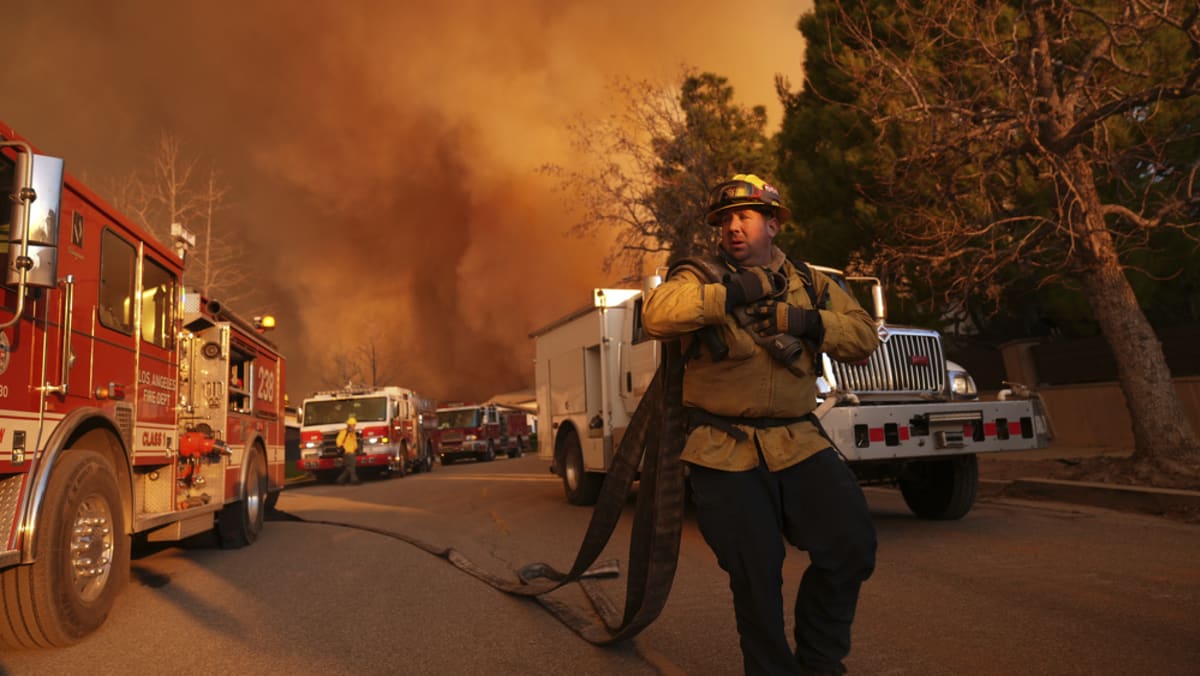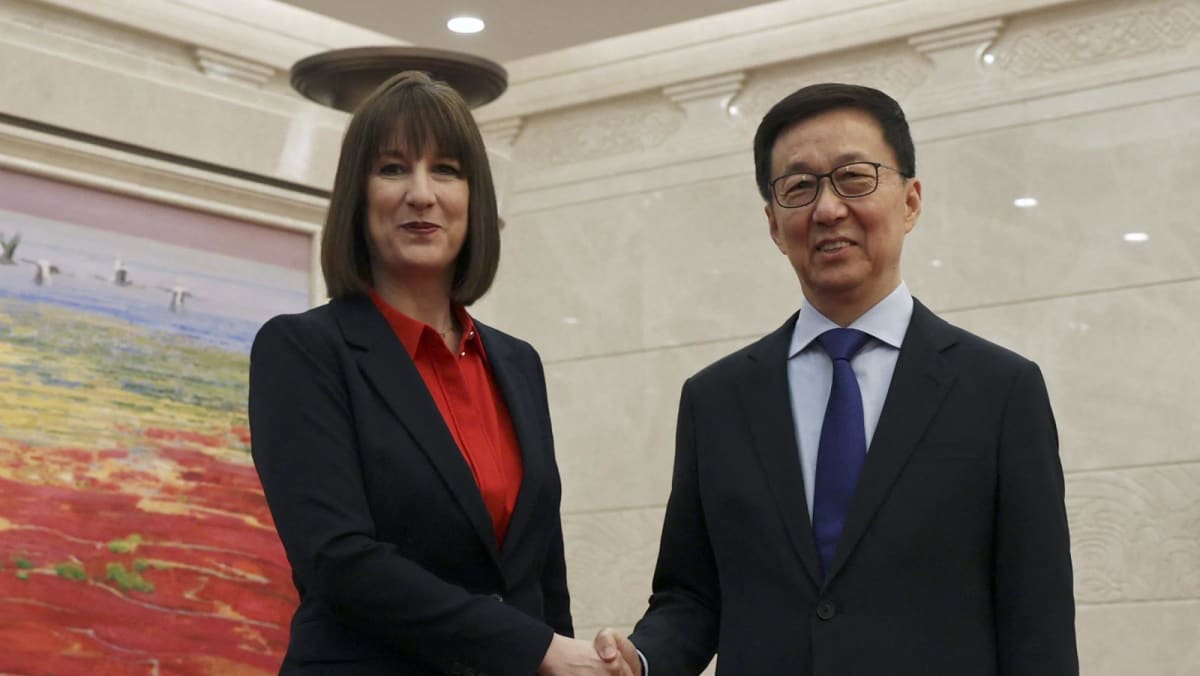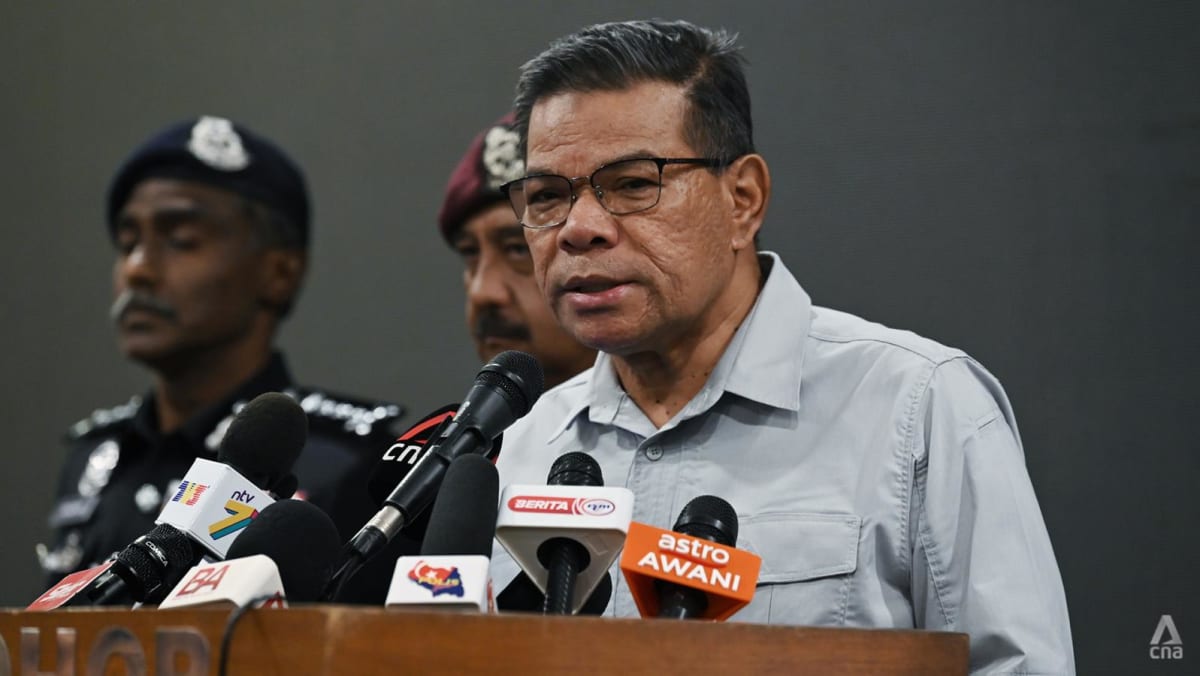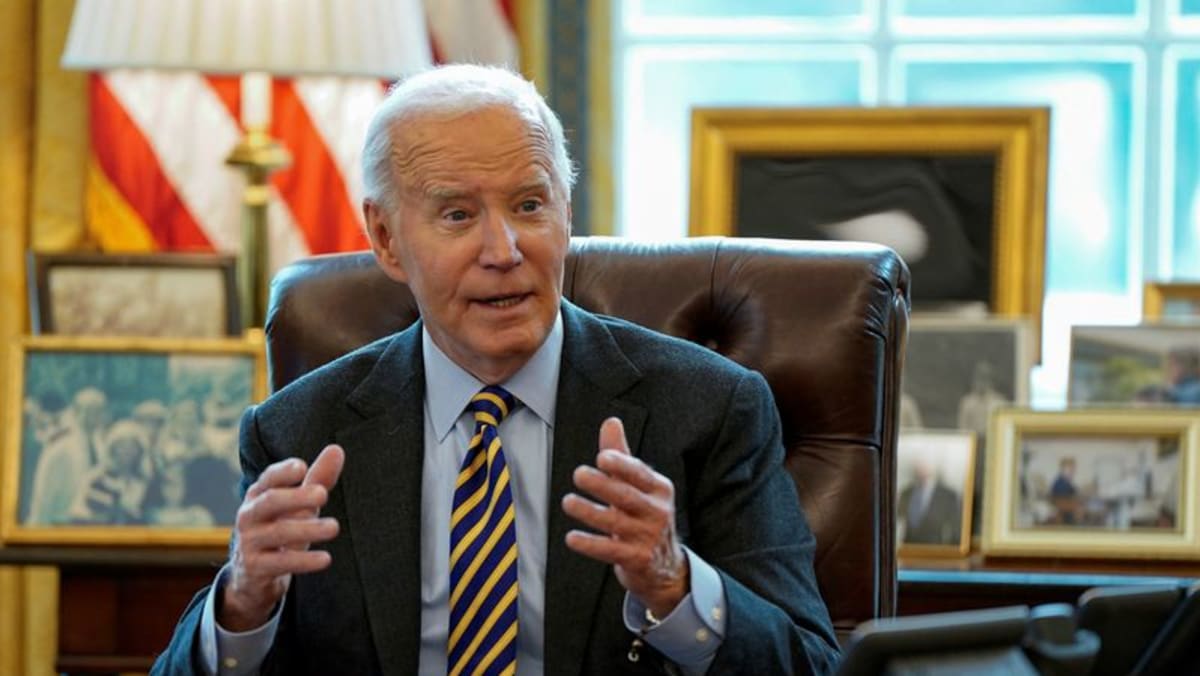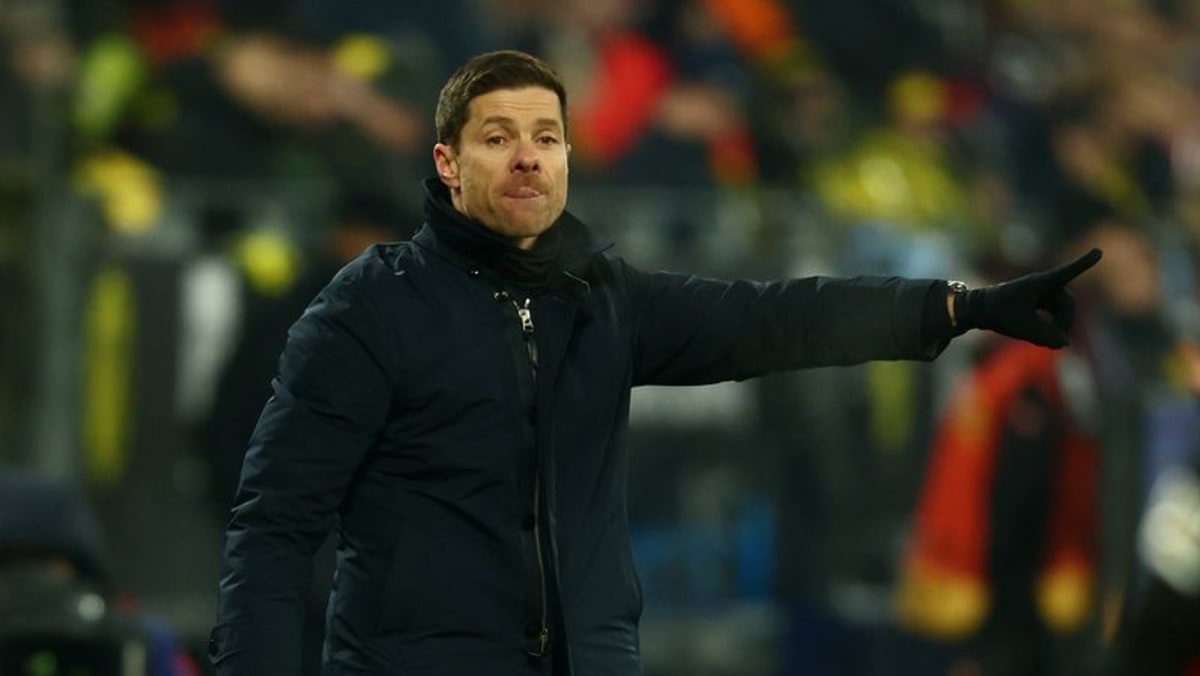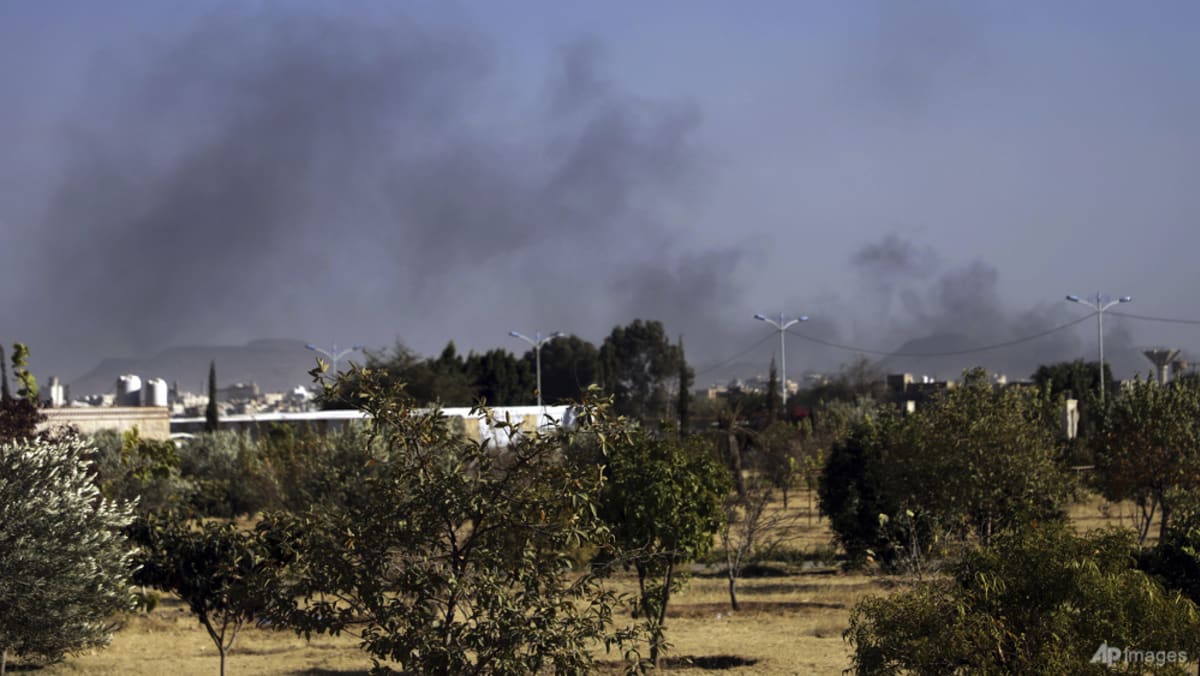Boeing’s Starliner undocks from the ISS and heads back to Earth, without NASA astronauts

Boeing’s Starliner undocked from the International Space Station (ISS) Friday and began its return voyage to Earth, without the astronauts it carried into space.
The uncrewed spacecraft undocked at 6:04 p.m. EST, an event that was streamed live on NASA’s website.
“OK, she’s on her way home,” the live commentary declared after Starliner successfully cleared the ISS.
NASA and Boeing are targeting a landing at White Sands Space Harbor in New Mexico at approximately 12:03 a.m. EST Saturday, Sept. 7, after which NASA and Boeing officials will host a news conference.
NASA astronauts Barry “Butch” Wilmore and Sunita “Suni” Williams, who performed the first crewed test flight of Starliner, lifted off on June 5 on what was planned to be about a one-week stay in space.
However, several problems arose with the spacecraft, which ultimately prompted NASA to delay the duo’s return to February 2025 aboard Space X’s Crew-9 Dragon spacecraft.
Starliner is part of the larger Commercial Crew Program at NASA, which was testing if Boeing’s spacecraft could be certified to perform routine missions to and from the ISS.
In this June 5, 2024 file photo, a United Launch Alliance Atlas V rocket carrying two astronauts aboard Boeing’s Starliner-1 Crew Flight Test (CFT), is launched on a mission to the International Space Station, in Cape Canaveral, Fla.
Joe Skipper/Reuters
Wilmore and Williams prepared Starliner for its weekend departure, including reconfiguring the spacecraft’s seats for an uncrewed landing and packing cargo inside for ground crews to retrieve, according to a blog post from NASA.
The astronauts also “returned standard visiting vehicle emergency hardware stowed inside Starliner back to the station for future mission operations,” according to the NASA post.
NASA and Boeing officials expressed confidence in Starliner’s ability to return to Earth with few or no hiccups.
“We have confidence in the vehicle … We’ve had two good landings so far and we’re expecting another one on Friday,” Steve Stich, program manager for NASA’s Commercial Crew Program, said during a news conference on Wednesday.
Starliner was plagued with issues even before launch. The flight test originally was tentatively scheduled for May 6, but was scrubbed after a problem with an oxygen valve on a rocket from United Launch Alliance (ULA), which manufactures and operates the rockets that launch spacecraft into orbit.
A new launch date was subsequently set for May 25, but a small helium leak was discovered in the service module, which contains support systems and instruments for operating the spacecraft. The discovery again delayed the launch until June 5, when Starliner finally lifted off.
Helium leaks and a thruster issue then threatened to delay Starliner’s docking. Five days after docking at the ISS on June 6, NASA and Boeing said the spacecraft was experiencing five “small” helium leaks, but said enough helium was available for the return mission.
Last month, teams at NASA’s White Sands Test Facility in New Mexico performed ground tests of Starliner’s thruster, subjecting it to conditions similar to those that the spacecraft experienced on its way to the ISS, to see how it would perform upon undocking from the space station.
On Aug. 24, NASA announced that Wilmore and Williams would not return to Earth onboard Starliner.
Source: abc news




